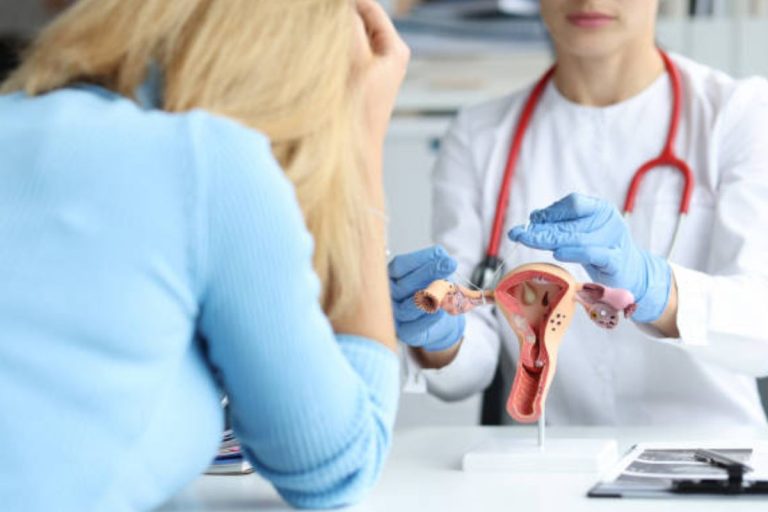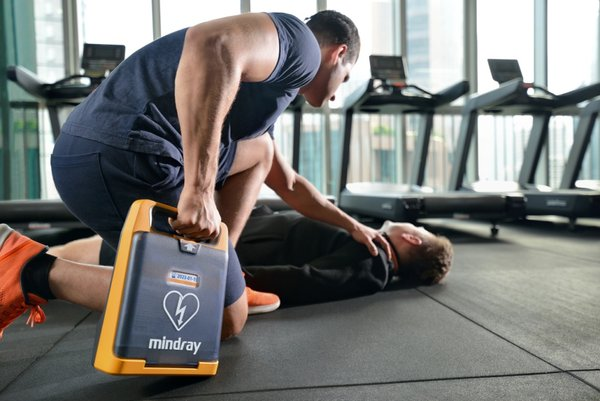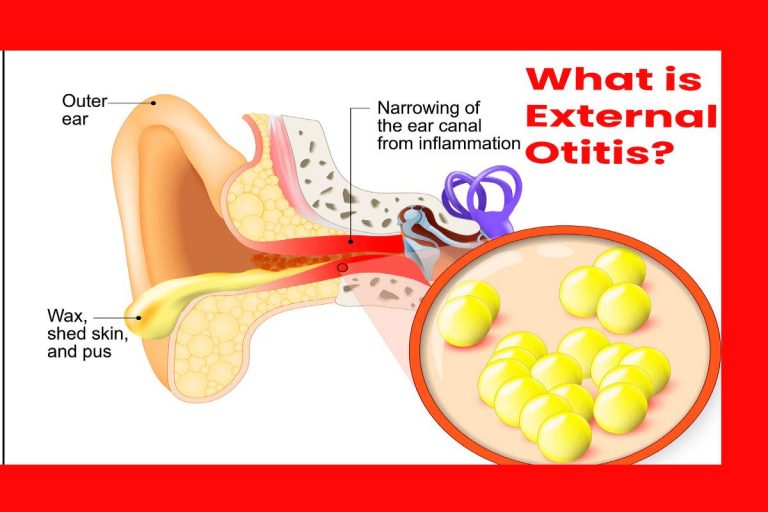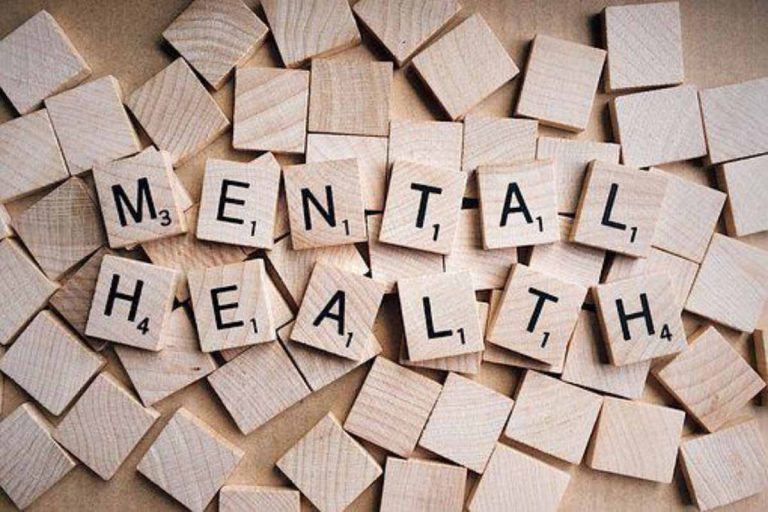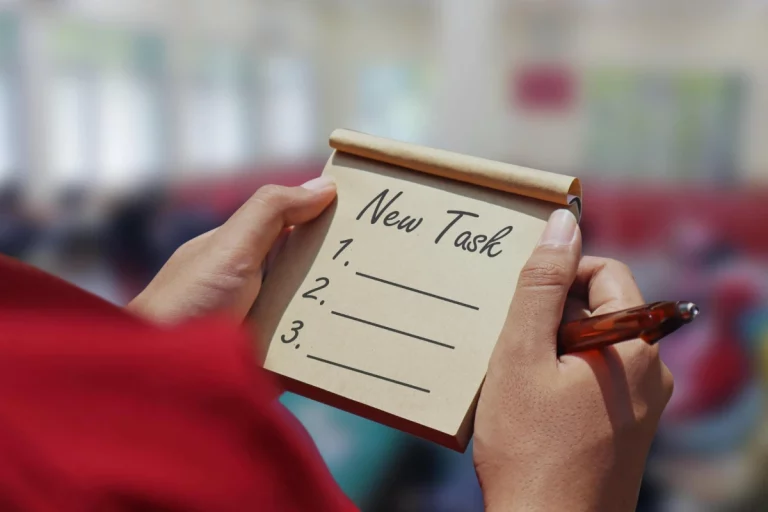The 21st century has led to a new era where women are confident about their bodies and not timid about changing any part of their bodies that they are displeased with, including their genitals. Here are a few elective female genital surgeries available to you.
Table of Contents
1. Labiaplasty
A labiaplasty surgery is a cosmetic procedure performed to reduce the labia minora size, the skin flaps on either side of the vaginal opening. This surgery should only be performed on women above 18 because the labia develop during puberty, and the growth should not be interfered with until adulthood. These skin folds (labia minora) are completely normal but may sometimes grow excessively, causing discomfort for the individual.
2. Clitoral Hood Reduction
This type of female genital surgery is performed to reduce the clitoral hood, the tissue, and the skin that covers the clitoris. An exposed or partially exposed clitoris is sensitive and less prone to irritation than people with large clitoral hoods. Women get a clitoral hood reduction to increase sensitivity, improve aesthetics, or reduce irritation caused by rubbing against undergarments.
3. Hymenoplasty
In some parts of the world, an unbroken hymen is vital, which is why this surgical procedure is available to women. It involves stitching together a torn hymen using dissolvable sutures. After the procedure, the patient will experience tearing if they attempt coitus the same way a virgin would.
4. Labia Majora Augmentation
The female genitalia may lose elasticity as one ages which is why some women opt to get a labia major augmentation. Some women may also opt to get cosmetic surgery purely for cosmetic effects. The procedure involves adding filler to the labia majora giving a firmer and fuller look. Labia majora augmentation also eliminates any wrinkling that may occur due to ageing.
5. Vaginoplasty
Vaginoplasty cosmetic surgery is one of the most common genital cosmetic surgeries. It involves constructing a vaginal opening or repairing the vaginal canal. It can be performed to treat various issues, including injuries sustained during childbirth or from pelvic floor disease complications.
This procedure is also used to create a virginal canal for men looking to switch genders to females helping them achieve their preferred gender identity. In this situation, the surgery involves taking out the testicles and penile structures.
6. G-Spot Amplification
The G-spot has eluded many women and their partners, but doctors can now surgically enhance its sensitivity. Doctors recently developed the G-spot amplification surgery, which involves increasing the size and sensitivity of the area. This is done by injecting the G-spot with a filler. The result is an increase in the frequency of the female orgasm during vaginal penetration leading to increased pleasure for the woman. This cosmetic procedure is also referred to as G-spot augmentation surgery.
Elective Female Genital Surgery FAQ
How extensive does it take to recover from elective female genital surgery?
The reply to this question depends on the extent of the surgery, and it also depends on whether the surgery is external or internal. If the surgery is external, the rule of thumb is 10 to 14 days, after which your doctor should give you the all-clear to ease back into your routine. Moderate exercise and normal basic activities are okay but put off bike riding until four to six weeks after your surgery.
For internal surgeries like vaginoplasty, you’ll need at least five to six weeks to recover and fully get back to regular activity. Always consult with your surgeon before making any sudden changes after surgery.
Does female genital surgery leave scars?
Maybe, the tissue around the genital area is different from the skin on any other part of your body. Some people may experience scarring, while others may get off with nothing but a painful memory. However, chances are high that you will barely notice any scarring after you heal.
What is the normal size for a woman’s labia and vagina?
Like height, all labia and vaginas come in different sizes and shapes, and no one size fits. Most women who get elective female genital surgery do so because they experience discomfort or negative changes after birth or other traumatic events. If you suspect something is wrong, visit your gynaecologist and share your concerns.
What are the hazards of female genital cosmetic surgery?
One of the most common risks of female genital surgery is painful sex, especially for patients who have had vaginoplasty. However, this can easily be avoided if you give yourself time to heal. Other complications include infection, bleeding, and changes in sensation; if you experience any of these, your surgeon will be more than happy to offer solutions.

